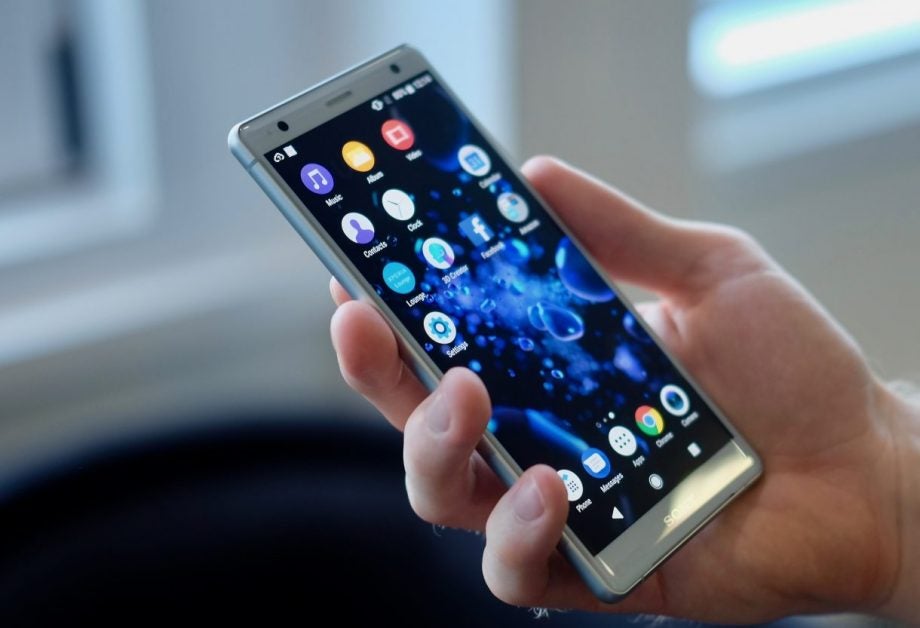Sony IMX586 is the world’s highest-resolution smartphone camera sensor

Sony’s new smartphone camera sensor boasts a whopping 48-megapixel resolution, with improved low-light and HDR performance to boot.
Any traditional photographer worth their salt can attest to the fact that more megapixels does not a better camera make, but when talking about smartphone photography the rules are a little bit different.
Related: Best camera phone
Sony has just announced its new IMX586 CMOS image sensor, which boasts the head-turning figure of a total 48 effective megapixels on a sensor that’s just 8mm across. To achieve this impressive density, Sony has opted for smaller 0.8μm pixels (compared to the 1.22μm pixels found on the Sony Xperia XZ2’s Motion Eye sensor) and packed them together as tightly as possible to fit onto the IMX586’s stage.
As Sony itself points out, smaller individual pixels typically means weaker low light performance, but the company assures us that the 586’s architecture has been manufactured to ensure “high sensitivity and high saturation signal levels”.

The real answer to handling smaller pixels is the way in which they’re arranged and the way in which they can be utilised to capture shots in gloomier environments.
Using what’s called a Quad Bayer colour filter array, pixels are actually grouped into adjacent pairs of the same colour. This means that when the lights go down, the IMX586 can actually take the data from four pixels at a time and combine them into one, whilst also collating the available light and colour data to create a brighter, cleaner 12-megapixel photo.
It sounds similar to the Pixel Fusion technology that Huawei presented us when it launched the P20 Pro earlier this year and the massive overall pixel count also harks back to the whopping 41-megapixel sensor that lay beneath the hockey puck-shaped hump of 2013’s Nokia Lumia 1020.
[videoai]Sony also promises four times the dynamic range compared to its previous top sensors, meaning the 586 will deliver superior HDR (high dynamic range) photography compared to its predecessors.
Read more: Best smartphone
With all those pixels to play with, you can expect unprecedented digital zoom too, with minimal loss of quality (as an example, you could achieve 4x lossless digital zoom when shooting at a 12-megapixel resolution).
A glance over the specs also informs us that the IMX586 supports 4K video recording at up to a rapid 90 frames per second, should cost manufacturers around £20 per component and is expected to start making its way onto smartphone production lines from September this year.
How important is camera quality to you when selecting your next phone? Let us know @TrustedReviews.


